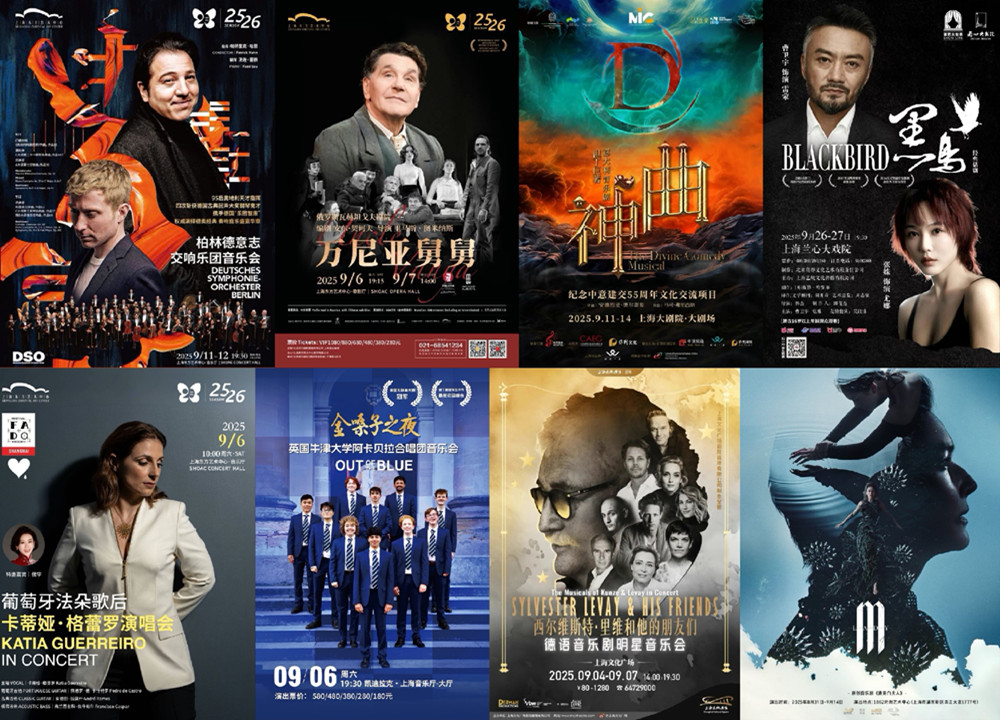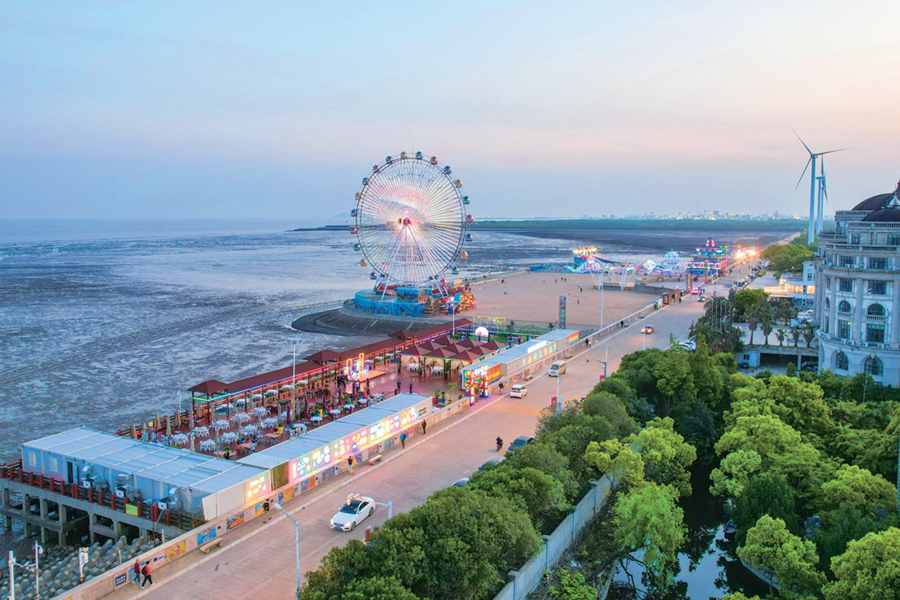Jiading Confucian Temple returns with new look
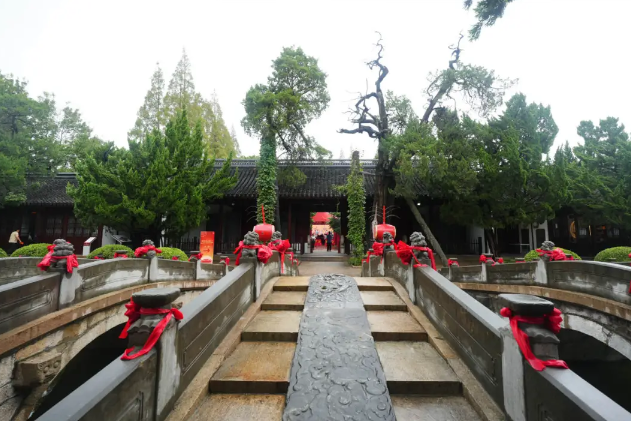
Recently, after more than a year of meticulous restoration, the Jiading Confucian Temple has been renovated with a fresh look, breathing new life and vitality into the site.
First in Wu region
The Jiading Confucian Temple is the largest surviving ancient architectural complex in Shanghai and the best-preserved county-level Confucian temple in the Jiangnan region. In 2013, it was designated as a national key cultural relic protection unit.
The temple was first built in 1219 during the Southern Song Dynasty (1127–1279) by Gao Yansun, the first magistrate of Jiading county. Over the years, from 1249 to the late Qing Dynasty (1644-1911), the temple underwent more than 70 rounds of repairs, expansions, and reconstructions.
New additions included statues of Confucius, a sacrificial pool, and pavilions, as well as the renovation of facilities including Yinkui Mountain, Huilongtan, and Danghu Academy. The temple eventually expanded to the point where it was said to be "vast enough to accommodate 10,000 horses", forming a rare and integrated structure that combined commemoration, academic research and education, earning it the title of "the first in Wu region".
Over the course of 800 years, more than 7,000 scholars emerged from the Jiading Confucian Temple. Among them, 500 were successful candidates in the imperial exams, and 192 achieved the prestigious jinshi degree, the highest level of the imperial examination system of imperial China making the temple the cradle of education in Jiading and fostering a tradition of literature and rituals in the area.
Restoration to original state
The Jiading Confucian Temple, with its majestic halls and solemn appearance, has a rich historical legacy. The last comprehensive restoration took place in 1983. However, due to natural weathering and long-term use, the temple was facing several problems that required urgent attention.
In May 2023, a restoration project was initiated to target four areas: the front sacrificial zone, the main sacrificial zone, the Confucian study area, and the academy area. The restoration employed multiple intangible cultural heritage techniques, including stone artifact preservation, wood structure repair, clay sculpture restoration, and lacquer application. The project was carried out with minimal intervention to preserve the original state of the cultural relics.
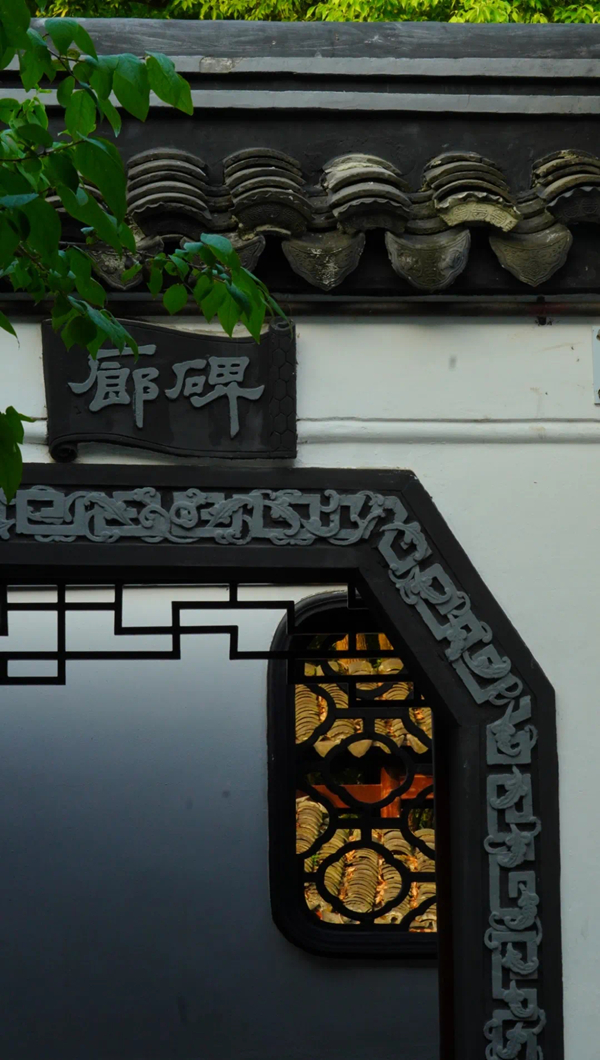
Expanded exhibition space
Following the principles of prioritizing protection and reasonable utilization, the restoration also expanded the temple's functionality. It now includes two main routes: an exhibition route and a cultural experience route. The West Wing, East Wing, and Minglun Hall serve as the primary exhibition spaces, offering a comprehensive and multidimensional interpretation of the imperial examination system.
The core building, the Dacheng Hall, emphasizes the connection between Confucius and Confucian temples, highlighting the solemn ritualistic atmosphere of ancient architecture and infusing the ancient civilization with new vitality.
Danghu Academy has been positioned as the central platform for innovation and transmission of imperial examination culture. New sections such as educational experience areas and smart exhibition spaces have been added, leveraging advanced digital technology to further explore and strengthen the educational potential of the temple.
Special exhibitions
Located within the temple, the Shanghai Museum of Chinese Imperial Examinations now has a total area of 2,270 square meters after its renovation, exhibiting over 300 pieces or sets of artifacts and auxiliary exhibits, including several precious first-class relics.
The newly introduced section titled Imperial Examinations and Shanghai focuses on the imperial examination history of the ancient Jiading county and Shanghai. It displays imperial examination records during the Qing Dynasty, illustrating the prosperity of the imperial examinations in Shanghai. Works from prominent Qing scholars including Qian Daxin and Wang Mingsheng are also exhibited, demonstrating the cultural richness of the Shanghai region since the Ming (1368-1644) and Qing dynasties.
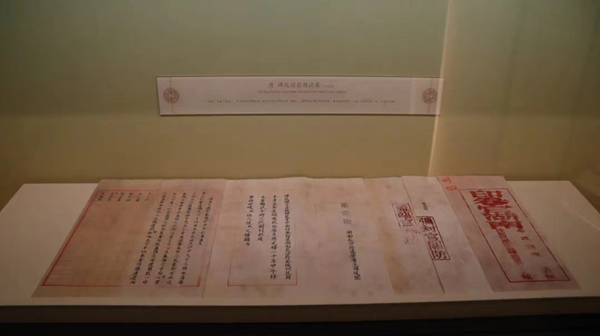
If you go
Location: No 183 Nandajie Street, Jiading district
Tickets: Free
Sources: WeChat account of Culture and Tourism Administration of Jiading District via "loveJD2022", WeChat account of Publicity Administration of Jiading District via "sh-jiading", Shanghai Jiading District State-owned Assets Supervision and Administration Commission
Editor's Pick
FAQs
- What if my passport expires but my Chinese visa is still valid?
- Can pets and owners depart from different countries while complying with customs regulations?
- Can a minor travel to China and stay in a hotel without a parent's presence?
- Who is eligible for the 240-hour visa-free transit policy in China?
